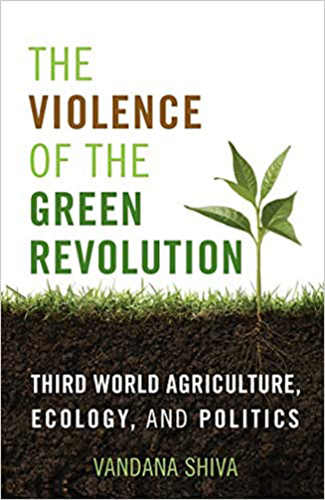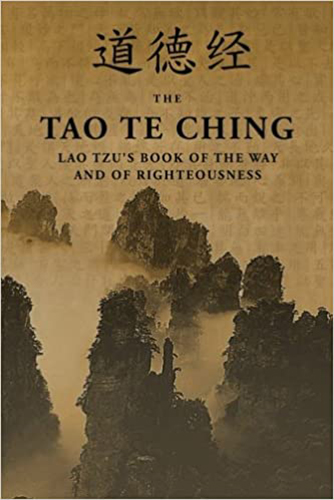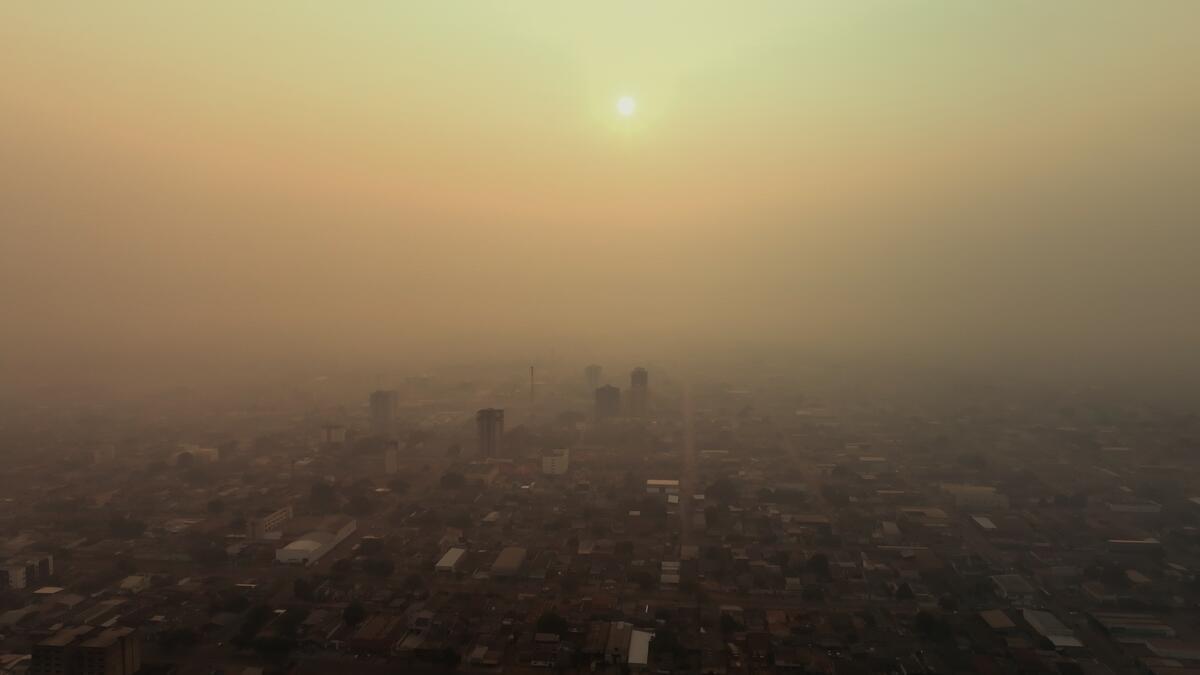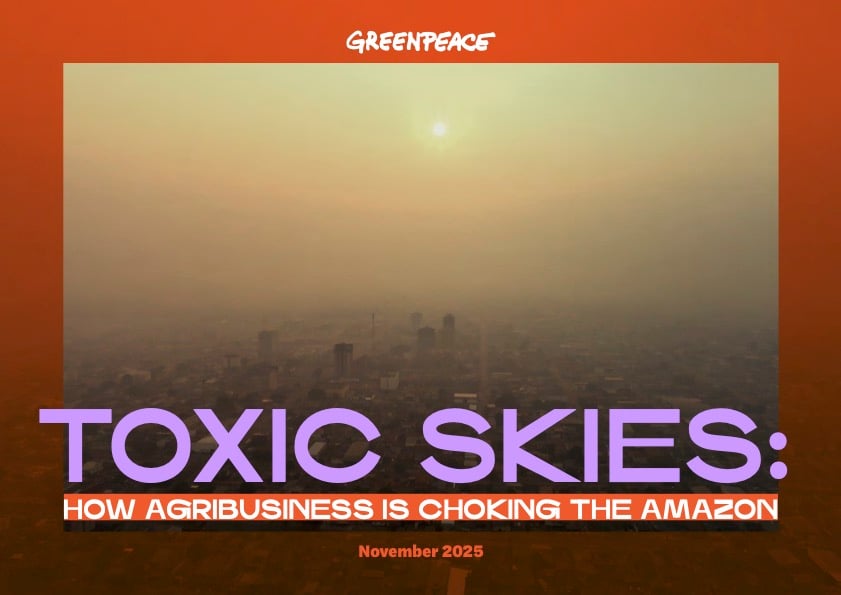The social isolation response to the COVID-19 pandemic is unprecedented in our lifetimes. Perhaps not since the economic depression of the 1930s and World War II has the human family found itself so singularly engaged with shared global issues.
In any case, for fellow shut-in environmentalists facing weeks of relative isolation, I have compiled an ecology reading list. There are over a million ecology books in print, and sorting through them might be a challenge. I’ve included some of the essential classics in the field. In my estimation, every ecologist and/or environmentalist would benefit by being aware of the information in these books.
The first book is no book
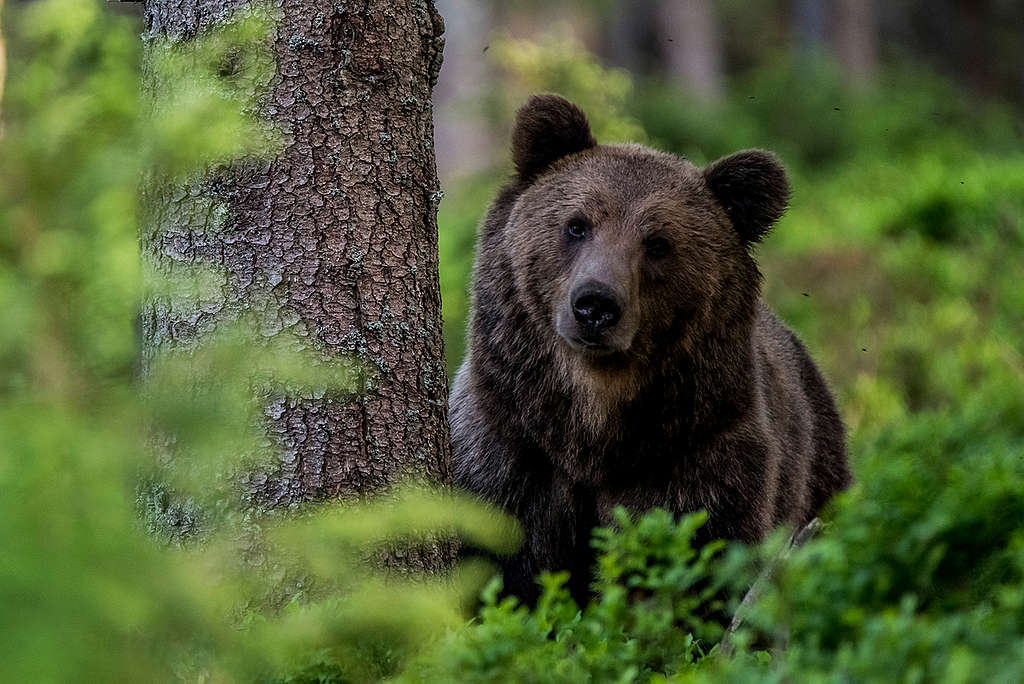
Spend some time in the wildness. The best way to learn about nature is to feel, observe, smell, taste, hear and contemplate the habitats, processes, and patterns of wild systems and other wild beings.
We live inside a biosphere. Not just “on” Earth, but in Earth’s living biophysical systems, embedded parts of a living web. Any effort to understand the relationship between human enterprise and nature will benefit from a deep, direct experience and appreciation for our naturalness and our interdependence with other beings, communities, and systems of nature.
A reciprocity with nature cannot start with intellectualizations, but with the experience of being a naturally evolved life form in a co-evolving ecosystem, fed by a solar energy stream, made manifest with material transformation, nutrients, and biological processes. This deep experience means paying attention, observing, and feeling our ecosystem as it pays attention to us, observes, and feels us.
Even in a city, you can find opportunities to be a student of wild nature. Take walks. Sit by the water. Observe. Watch other creatures. Experience how entities grow and how communities form. Sense the experience of being a part of a living system.
An essential dozen ecology books
1. Silent Spring – Rachel Carson
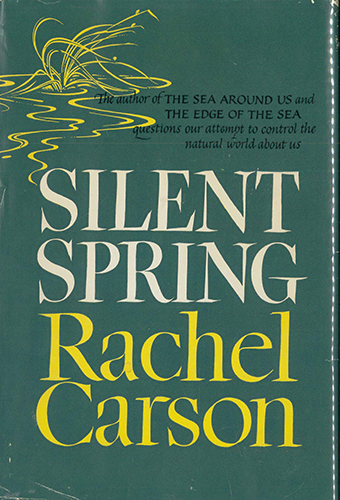
This book launched the modern environmental movement. Carson documented the environmental and human health impact of pesticides, reframed the idea of scientific progress, and changed the course of history. After Silent Spring, chemical companies no longer enjoyed a free pass to introduce toxins into the environment. “There is something infinitely healing in the repeated refrains of nature,” Carson wrote. “The more clearly we focus our attention on the wonders and realities of the universe about us, the less taste we shall have for destruction.”
2. Limits to Growth – Donella Meadows, Dennis Meadows, J. Randers, W. Behrens,
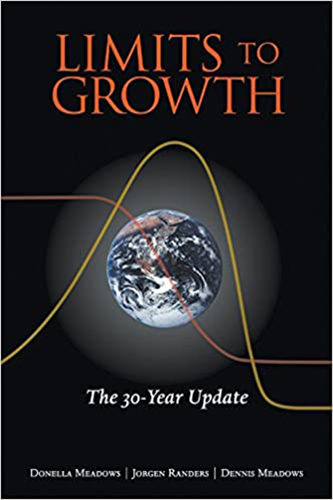
This book clearly showed that human numbers, consumption, and economy cannot grow forever. The researchers tracked industrialisation, population, food, energy, material resources, and pollution through 1970, projected out to 2100, and predicted that the early stages of global collapse would appear about now, early in the 21st century. Our current crises and many studies since confirm: They nailed it.
3. Steady State Economics – Herman Daly
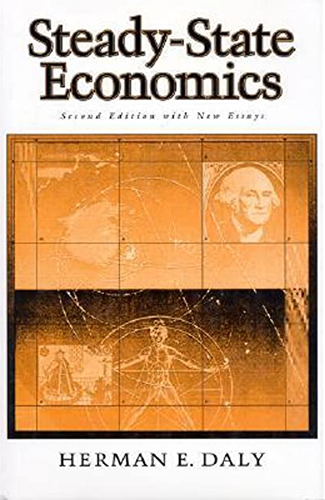
Freeman, 1977
Daly, a World Bank senior economist, examines the economic restructuring necessary to live on a finite planet. He corrects the errors of classic economics by showing that a human economy is a subsystem embedded in a finite, fragile ecosystem, maintained by extracting limited resources and exporting waste. A steady state economy accounts for the limits of both resources and waste. Here is Daly’s summary essay in Solutions Journal: “From a Failed Growth Economy to a Steady-State Economy.”
4. The Violence of the Green Revolution – Vandana Shiva
The physicist, ecologist, and food sovereignty advocate, exposes the mistakes of industrial agriculture and champions localized, community-scale food security. Chemical and fossil-fuel based agriculture has poisoned and depleted soils, led to social injustice and violence, and caused ecological scarcity. Shiva exposes the links between ecological destruction and poverty.
5. Mind and Nature – Gregory Bateson
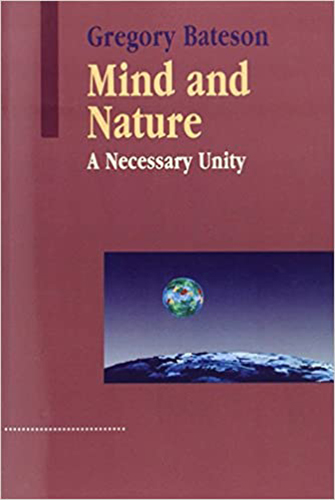
My all-time favorite ecology book, playfully but rigorously exploring complexity, co-evolution, a living systems language, and knowledge itself. “The major problems in the world,” writes Bateson, “are the result of the difference between how nature works and the way people think.”
In Bateson’s world, all mental divisions of nature are arbitrary. We only witness relationships, not things in themselves. Bateson links our mental process with evolutionary process and urges ecologists to see those patterns that connect the apparent parts of the whole.
6. The Invention of Nature: Alexander von Humboldt’s New World – Andrea Wulf
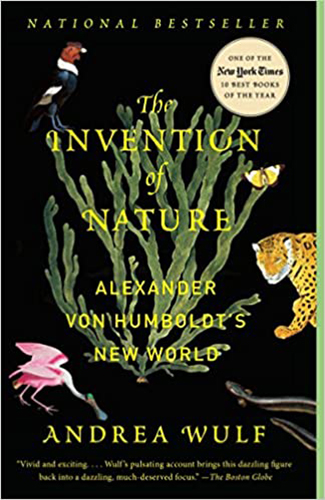
A scientific adventure story that follows Prussian naturalist Humboldt (1769-1859) as he falls in love with the natural world, travels across oceans, and through the Western Hemisphere. Humbolt breaks away from conventional European science to discover a vision of nature as a magical, interconnected system. Humbolt’s work has influenced scientists and ecologists for two centuries, and Wulf’s inspired prose feels like a magical sea voyage itself.
7. Overshoot – William Catton
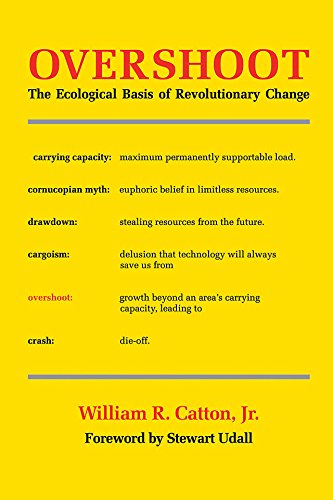
Humanity’s overshoot of Earth’s capacity is fundamental to all other ecological crises: global heating, biodiversity collapse, toxins, soil loss, pandemics, starvation, and even violent conflict. Catton examines this root cause and shows that we cannot solve our ecological challenges without addressing overshoot.
8. Tao Te Ching (道德经) – Lao Tzu
Compiled between 600 and 300 BC, perhaps the world’s first ecological treatise, advocating direct communion with nature and a life lived by an environmental ethic. Taoism trusts and follows natural processes. Effective action starts with a sense of sacredness in the natural world. Legend tells us that the author, a revered sage, fled society for a life of contemplation in the wilderness. A mountain Pass Keeper begged him to record his philosophy, which he did in little more than a thousand characters.
This book helps me avoid feeling depressed about the state of the world. My favorite English translations are the Gia-Fu Feng and Jane English updated translation and Ursula Le Guin’s Tao Te Ching: A Book About the Way.
9. Deep Ecology for the 21st Century – ed. George Sessions
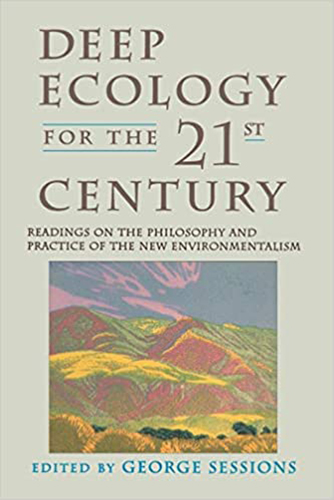
An anthology of seminal essays inspired by Norwegian philosopher and activist Arne Naess, who founded the Deep Ecology tradition. Naess sought to create an ecological paradigm shift in society – his work influenced the Greenpeace founders. This collection includes essays by Naess, Chellis Glendinning, Gary Snyder, Dolores LaChapelle, Paul Shepard, and others, who examine the ecological tradition from Spinoza and Thoreau to Santayana and ecofeminism.
This book is the best available summary of Deep Ecology.
10. Small Arcs of Larger Circles – Nora Bateson
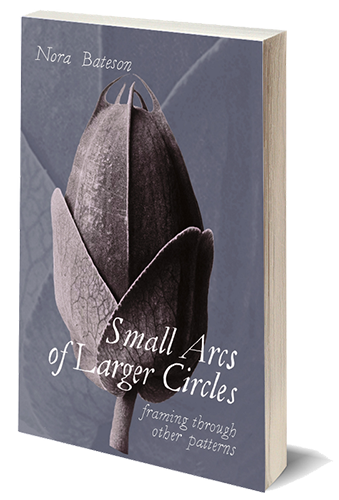
A core text for incoming students at the Harvard Innovation Lab, and a refreshing discussion of social change based on ecological aesthetics and patterns. Bateson, daughter of Gregory (see above), discards linear, mechanistic ways of thinking. She seeks a language that reflects living systems and brings “both rigor and imagination into the inquiry.” She suggests an approach to “mutual learning,” modeled after the manner in which ecosystems learn and evolve.
11. Spell of the Sensuous – David Abram
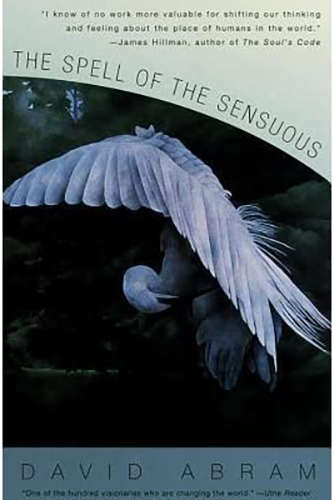
This is a book about falling in love with wildness, about accepting “gravity’s invitation and returning to Earth.” Our sensory perception of the world is not a one-way observation, but is rather an active participation with nature. In Abram’s world, magic is the very real reciprocity we can experience with the wild forces, where stones and ravens speak and shift our habits of perception.
Abram’s careful prose casts a spell of its own, reminding us why we are attracted to wild places in the first place.
12. The Gift of Good Land – Wendell Berry
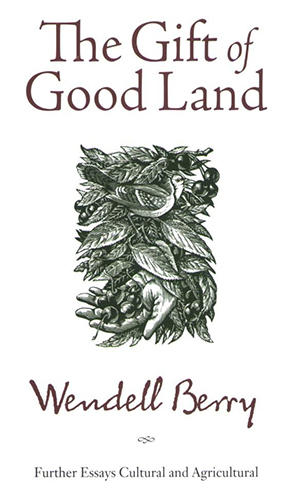
Important essays by a working farmer. In “Solving for Pattern,” for example, he examines how good solutions preserve the “integrity of pattern,” improve balance and symmetry, and address the whole system. Well designed solutions solve multiple problems, localize needs, accept limits, use resources at hand, and distinguish ecological order from mechanical order. These are seminal essays that set out the fundamental criteria for genuine ecological living.
Digging Deeper
Here are a few more I recommend:
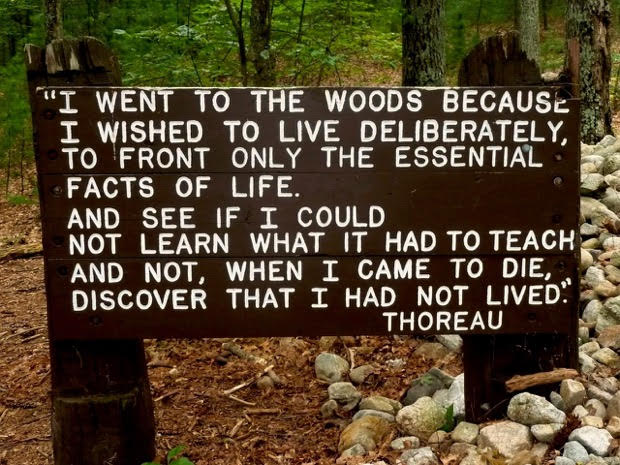
Walden and other Writings – Henry David Thoreau; Random House, 1854
Almost 200 years ago, Thoreau advocated rejecting consumer society for simple living, self-sufficiency, and a life of introspection
Nature and Madness – Paul Shepard; University of Georgia Press, 1998
How the loss of connection to nature traumatizes individuals and allows society to destroy its habitat.
Biomimicry: Innovation Inspired by Nature – Janine Benyus; William Morrow, 1997
Not just learning about the natural world, but learning from the natural world.
The Collapse of Complex Societies – Joseph Tainter; Cambridge U. Press, 1990
Why technology won’t solve ecological dysfunction.
Biopiracy: The Plunder of Nature and Knowledge – Vandana Shiva; South End Press, 2016
Genetic engineering and the dangerous commercialization of science and nature.
Our Ecological Footprint – William Rees and Mathis Wackernagel; New Society, 1996
Regional consumption analysis used worldwide for green economic planning.
The Entropy Law and the Economic Process – Nicholas Georgescu-Roegen; Harvard University Press, 1971
A seminal, pioneering work of ecological economics.
Gaia: A New Look at Life on the Earth – James Lovelock; Oxford U., 1979
How life creates optimum conditions for more complex life.
The Population Bomb – Paul Ehrlich; Buccaneer Books, 1968
The early warning that population growth posed a critical ecology challenge.
Environment, Power, and Society – Howard T. Odum; Wiley Interscience, 1971
Energy transformations in ecology and economics.
A Prosperous Way Down – Howard and Elisabeth Odum; University of Colorado, 2001
How to wisely scale down economies to preserve Earth’s ecology.
Energy Transitions – Vaclav Smil; Prospects, Praeger, 2010
Historical and future analysis.
And more…
Sand County Almanac , Aldo Leopold, Oxford U. Press, 1949.
Desert Solitaire, Edward Abby: Touchstone, 1968.
The Tender Carnivore and the Sacred Game, Paul Shepard, Scribners,1973.
Roderick Nash: The Rights of Nature, 1989.
Spiritual Ecology: The Cry of the Earth, Llewellyn Vaughan-Lee, Vandana Shiva, et al., The Golden Sufi Center.
Exploring The Dangerous Trades, Alice Hamilton , Little, Brown, 1943.
Managing without Growth, Peter Victor, Edward Elgar, 2008
Wilding: The Return of Nature to a British Farm, Isabella Tree, Picador / Pan Macmillan, 2018.
Diet for a Small Planet, Frances Moore Lappe, Ballantine Books, 1971.
This Changes Everything, Naomi Klein, Simon and Shuster, 2015.
Merchants of Doubt: How a Handful of Scientists Obscured the Truth on Issues from Tobacco Smoke to Global Warming, Naomi Oreskes and Erik M. Conway, Bloomsbury, 2011
The Sixth Extinction: An Unnatural History by Elizabeth Kolbert, Picador, 2015.
The Reenchantment of the World, Morris Berman, Cornell U., 1981.
Whatever Happened to Ecology, Stephanie Mills, Sierra Club, 1989;
The End of Nature, Bill McKibben, Viking, 1990.
The Rebirth of Nature, Rupert Sheldrake, Bantum, 1991.
Widening Circles, Joanna Macy (New Society, 2000);
Mark Anielski, The Economics of Happiness (New Society, 2007);
Two anthologies of early ecological ideas:
The Subversive Science, ed. Paul Shepard (Houghton Mifflin, 1969);
Thinking Green, ed. Michael Allaby, (Barrie & Jenkins, 1989).
Ecology in Literature:
Flight Behavior, Barbara Kingsolver, Harper, 2018.
Pilgrim at Tinker Creek, Annie Dillard, Harper & Row, 1974.
The Monkey Wrench Gang, Edward Abbey, J.B. Lippincott, 1975.
Ernest Callenbach, Ecotopia, Banyen Tree, 1975.
A Whale for the Killing, Farley Mowat, McClelland and Stewart, 1972.
Salvage the Bones, Jesmyn Ward, Bloomsbury, 2012.
Ecology and Poetics, a long history: Basho, Li Po, William Blake, Mary Oliver, Walt Whitman, Denise Levertov, Gary Snyder, Susan Griffin, Nanao Sakaki, Diane di Prima, Wendell Berry, and two great ecological poetry anthologies:
News of the Universe, ed. Robert Bly (Sierra Club, 1980)
Poems for the Wild Earth, ed. Gary Lawless (Blackberry Press, 1994)
Younger readers:
The Lorax, Dr. Seuss, Penguin Random House, 1971 (ages 6-12).
Paddle to the Sea, Holling C. Holling, Houghton Mifflin, 1941 (ages 6-12).
Prodigal Summer, Barbara Kingsolver, Harper-Collins, 2000 (age 12 +).
We Are The Weather Makers The History, Tim Flannery & Sally Walker, Candlewick Press, 2009 (age 12 +).

